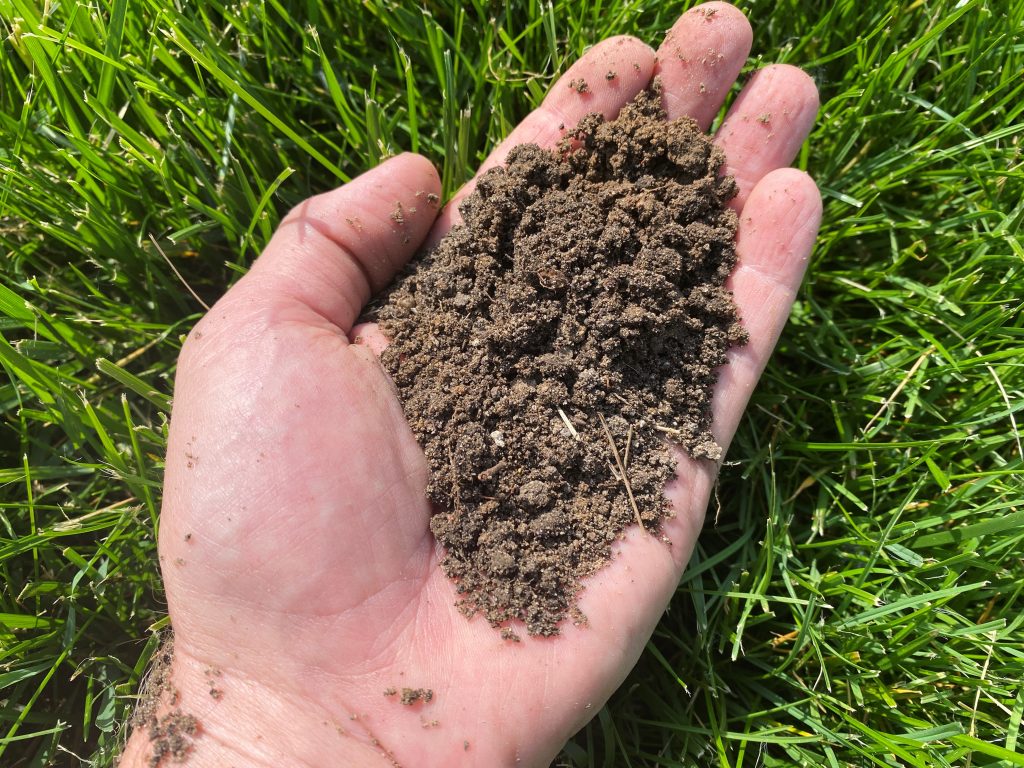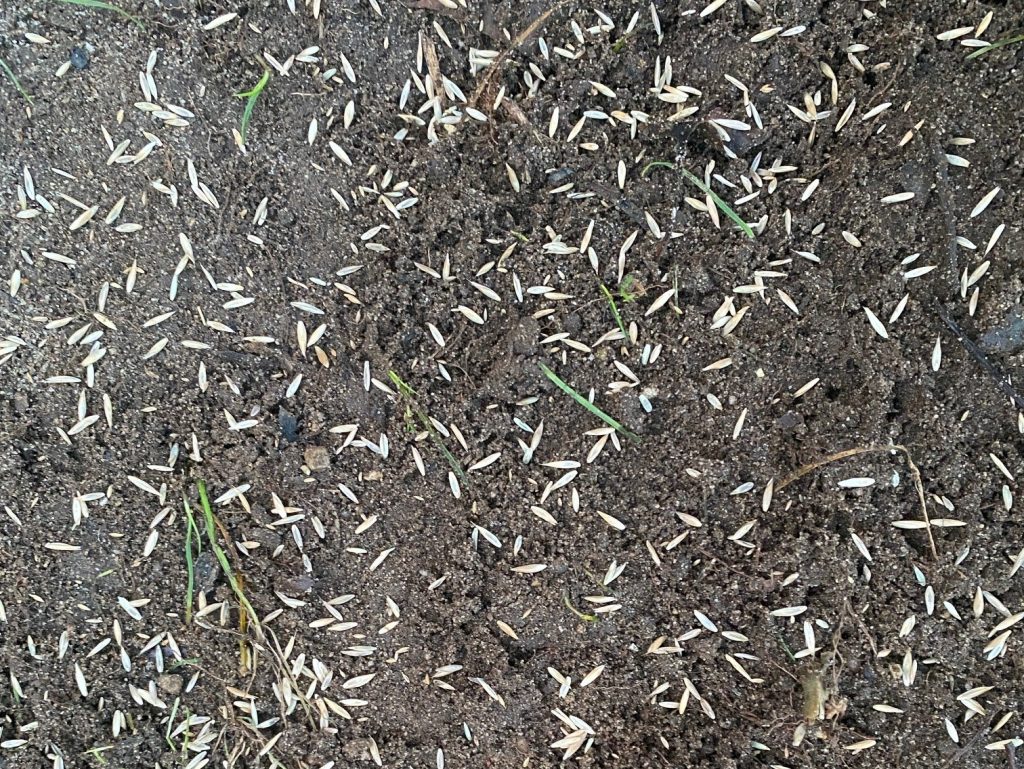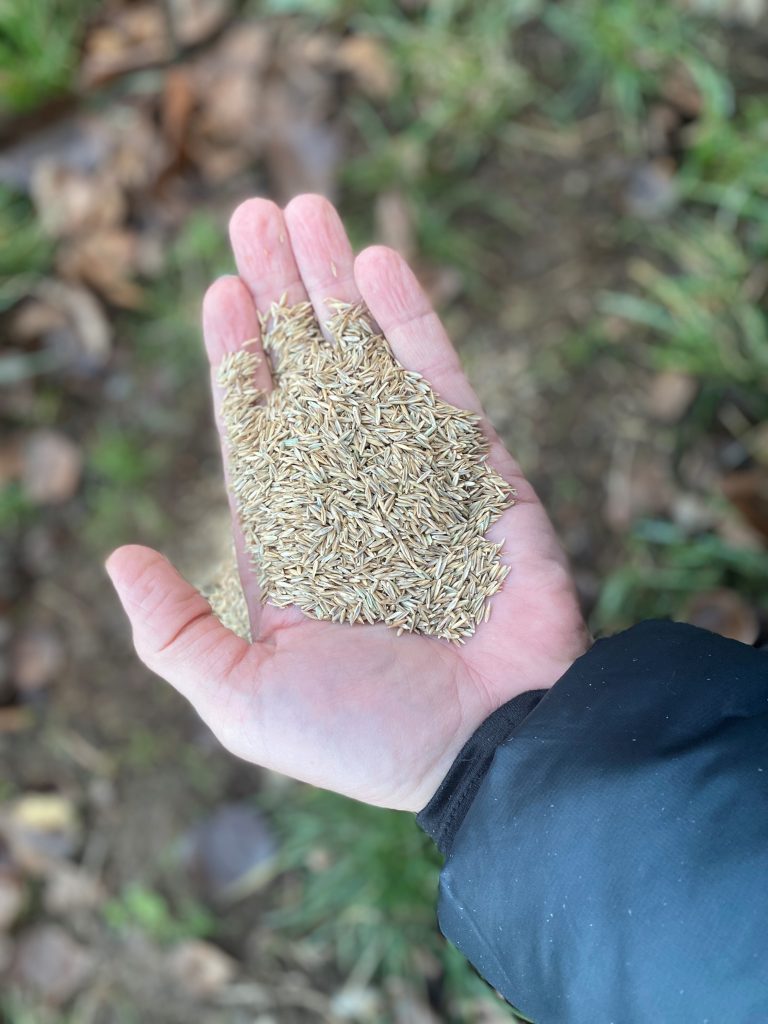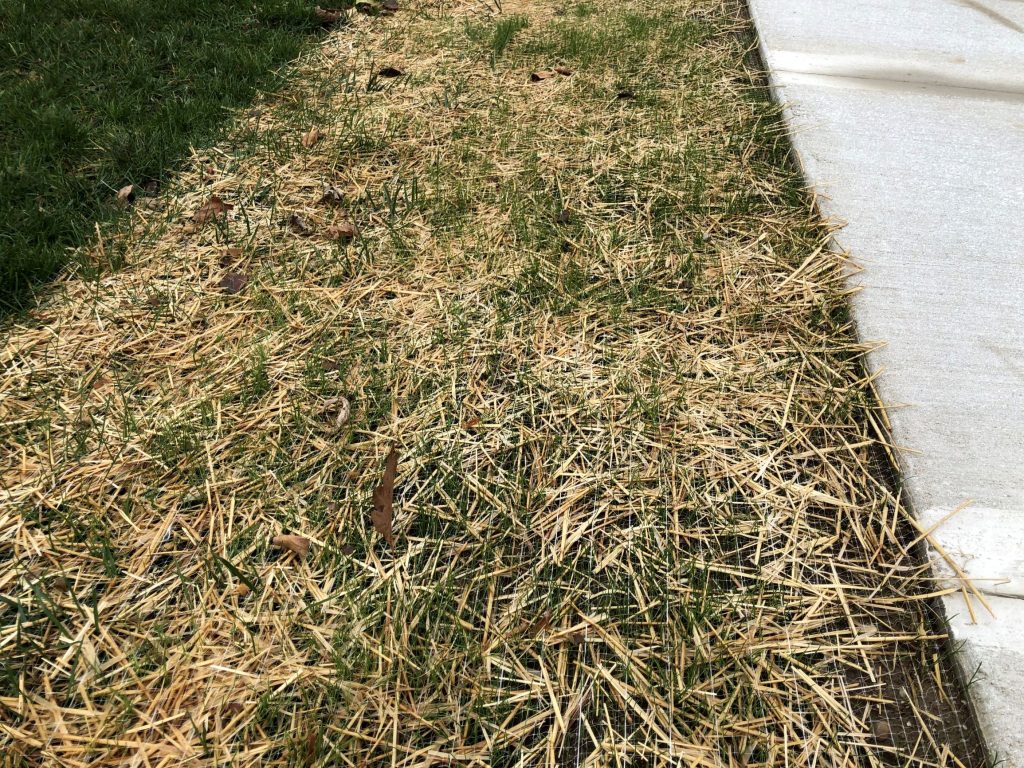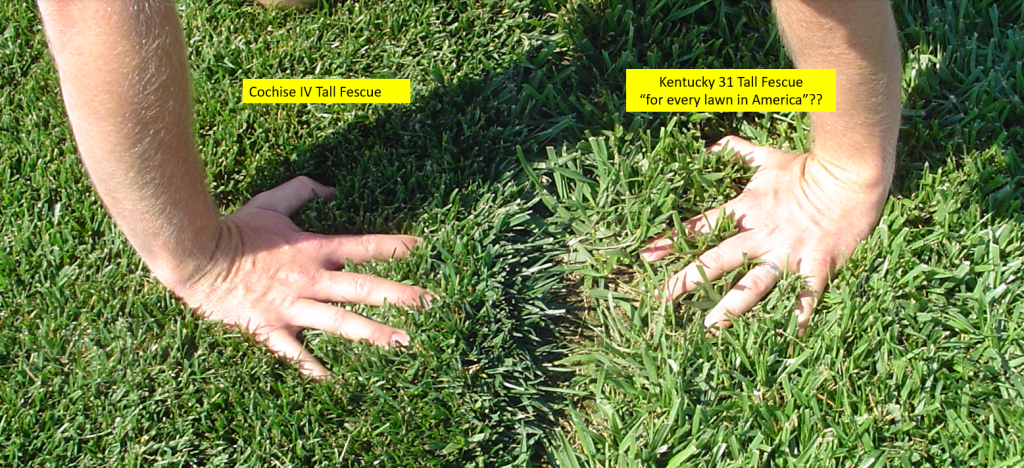
Choosing the right grass seed is critical to your success.
Remember, before planting any seed be sure that you have first:
– Tested your soil.
– Properly prepared the seed bed.
Before talking about the best grass seed to buy, let’s start by looking at some seed you should strongly consider avoiding.
Whether you are overseeding into an existing lawn or starting a brand new lawn, choosing the right kind of grass seed is critical to your success. Below is a list of four types of grass seed you should try to avoid.
Common Seed Selection Mistakes – i.e. – Don’t Plant These
1. Kentucky 31 Tall Fescue
Ironically, Kentucky 31 Tall Fescue is the number one sold grass seed in America every year (thank you, “big box” stores) – and also the number one identified weed.
Be very careful here. Just because the bag of seeds has the word “Kentucky” on it doesn’t mean that it’s bluegrass or that you should be planting it.
Kentucky 31 Tall Fescue is not a variety; it’s a discovery. It was discovered growing on a hillside in Kentucky in 1931; thus the name, Kentucky 31.
The great thing about Kentucky 31 is that it grows superbly and is virtually indestructible. The bad thing about Kentucky 31 is, well, the same thing.
The reason you’ll want to avoid Kentucky 31 is that it will not give you the most beautiful yard. It’s got a thick, coarse leaf. It hurts your feet to walk on it barefoot. But besides that, it’s great.
If you’ve got an area that you simply need to prevent erosion – or maybe it is a play area or a spot for the dogs to run – or possibly a ditch bank, parking lot, or something like that, then this is a great choice. But for the most beautiful yard, you’ll want to go in another direction.
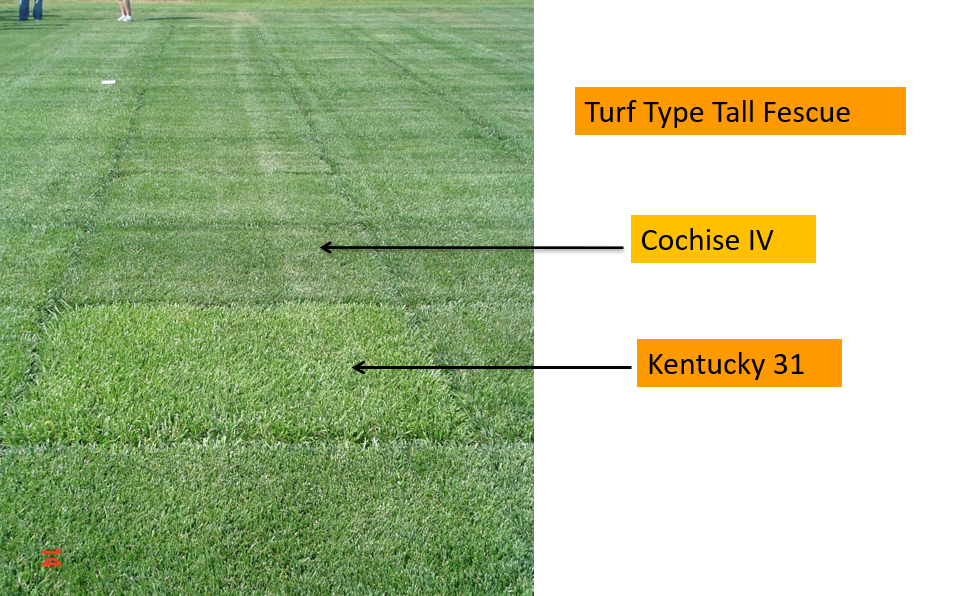
For the absolute best-looking lawn, steer clear of Kentucky 31.
2. Annual Ryegrass
The consumer gets duped here quite a bit.
If you plant annuals in your flower bed, you have to plant them again next year. The same is true for grass seed. An annual ryegrass will produce seed heads and die during the summer. It will not last very long in your lawn.
There is a reason that some bags of grass seed are a lot cheaper than some of the other bags – because so often they are filled with annual ryegrass. That may be why your lawn is still brown. It’s not coming back. Don’t get fooled again.
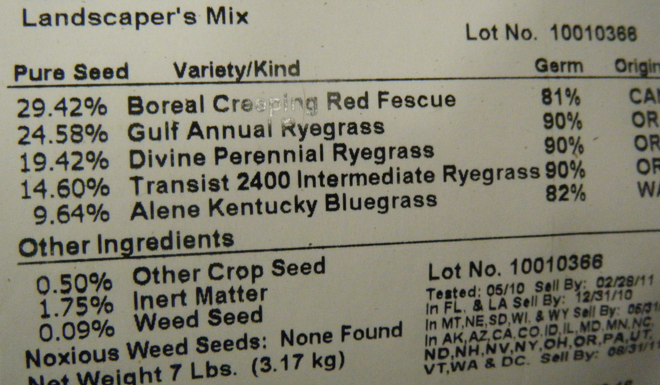
3. VNS grass seed
VNS is short for “variety not stated.” VNS means that you have no idea which variety the seed company put in the bag.
If the seed tag states “VNS Perennial Ryegrass,” the only thing you know is that you’re buying perennial ryegrass. You don’t know the quality, the color, the disease resistance, or anything else about that seed.
VNS ryegrass may not even be lawn seed at all. It may be pasture grass that you’re buying. It’ll have a thicker blade and be much taller. But at least the cows grazing in your yard will like it.
If at all possible, stay away from VNS grass seed.
4. Common Bluegrass
Although common bluegrass is not bad and actually can be very pretty, it’s much like VNS ryegrass. In other words, you’re not exactly sure what you’re buying.
On the grass seed tag attached to the bag, these bluegrasses will be designated either 98/85 or 85/80, which represents their purity and germination, respectively.
So the 98/85 common bluegrass is 98% pure (very clean, only a little weed seed), and right around 85% of it will germinate. Usually, it’s more than that, but it will be at least 85%.
Although these bluegrasses are okay, there are so many more improved and beautiful varieties on the market that will perform much better in your lawn. You should choose those instead.
